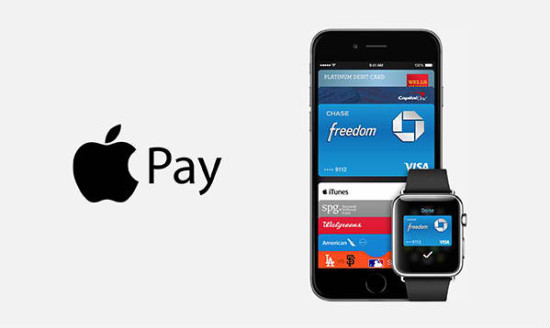
A new payment service, dubbed Apple Pay, will go live on Monday, October 20. Apple representative, Tim Cook believes “Apple Pay will be huge” and “change the way we pay for things.” Apple Pay will work both online and inside apps, and be built into the Passbook feature with the new iOS 8.1 update.
The new feature flaunts security, ease, and privacy. Announced at a streamed online iPhone event last month, the long-rumored mobile wallet will allow payment on the go, at a touch of a button. Cook explained that all information exchanged within the system will be between the user, the merchant, and the bank. Apple will not see what you purchased, where you purchased it, or how much it cost. The service will use a security feature that masks credit card numbers, and it will not keep the user’s purchase history on file.
Apple Pay promises to equip users with the ability to pay using their iPhone 6 and 6 plus phones, as well as iPad Air 2 and iPad Mini 3, at any supporting business. In order to pay for an item, users will simply hold their device near the contact-less reader, keeping their finger on the Apple’s Touch ID system. Online purchases can be made with a single touch–no more repeatedly filling out lengthy forms and billing addresses. Over 500 banks and 220,000 retail outlets — McDonald’s, Walgreens, Macy’s, to name a few — have already signed on as part of the project.
There’s no question that Apple users will try out the new system simply for the novelty of it, but the question of if they will adopt it as a regular form of payment remains to be seen. While Apple likes to boast about all the retailers it already has aboard, these outlets only represent about 5% of retailers in the US. With the service not available in a wider range of retail outlets, some analysts are predicting that the system won’t be heavily adopted until many more stores join the system. That is, consumers will try it once or twice for the novelty, then quickly forget about it as it will be impossible to make it their main payment system.
Apple Pay will post a great advantage to these businesses if consumers do adopt the technology, as it is likely that due to convenience and a new degree of distance, users will spend more money without even realizing it. In the instance of Apple Pay, privacy of purchase will trump liability of purchase. No purchase history means no easy, one-touch accountability for purchased items, and users will have to access their bank or credit card statements to keep track of their purchases. This could lead to more mindless spending, but Apple users aren’t worried, as the majority say they’d use the service anyway.
Comments